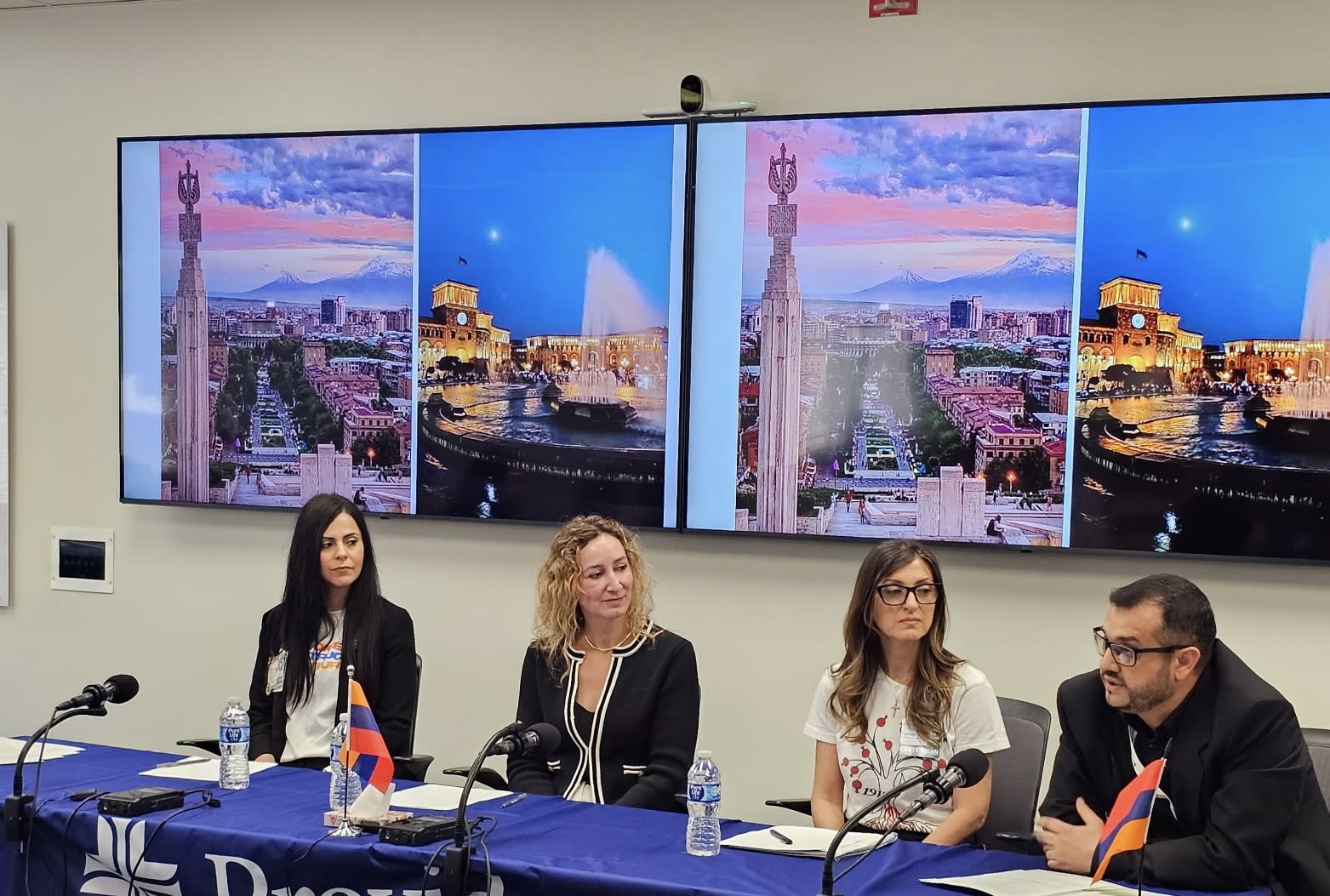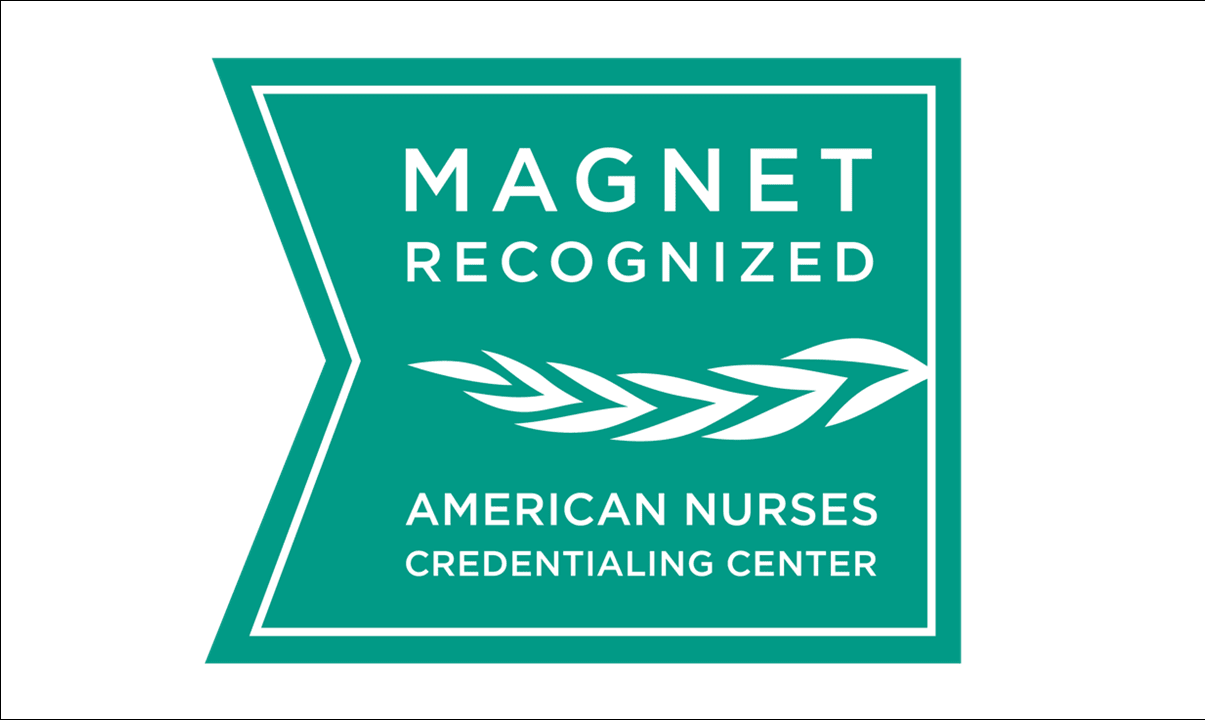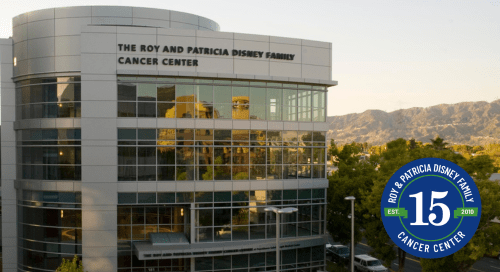Providence honors local Armenian community, commemorates Armenian Genocide Remembrance Day

Providence Saint Joseph Medical Center last month observed one of our community’s most solemn tributes – Armenian Genocide Remembrance Day – commemorating Armenia’s greatest tragedy.
Over two days, the Burbank hospital hosted activities to pay tribute to the resilience and heritage of the Armenian community through reflection, education and cultural celebration.
The goal was to remember the past and build a future committed to awareness, understanding and unity.
Providence Saint Joseph serves an area that is home to one of the largest Armenian populations outside Armenia. Approximately, 8% of Burbank residents are Armenian as are many of the hospital’s doctors and staff members. In neighboring Glendale, the number is 40%.
Diana Cholakian Pearre, M.D., a gynecologic oncologist with the hospital’s Disney Family Cancer Center, moderated the discussion. An Armenian-American panel was made up of registered dietician Anna Iranosian, MPH, senior manager, hospitality services; Shaghig Chorbajian, M.D., a family medicine physician; and Gassia Dabbaghian, MSN, breast nurse navigator at the Disney Family Cancer Center.
Dr. Pearre led the discussion telling the crowd of about 100 hospital doctors and staff and the importance of April 24.
On that date in 1915, after many events leading up to the Armenian genocide at the hands of the Ottoman Empire, hundreds of Armenian intellectuals, among them doctors, writers and artists, were arrested under warrants issued by Turkish authorities and murdered in what then was Constantinople. This marked the beginning of a systematic plan to exterminate the Armenian people in their homeland, a horror that wasn’t talked about for a half-century. Then, in 1965, Armenians from around the globe demanded the recognition of the Armenian Genocide.
Iranosian spoke of visiting Armenian Genocide Martyrs Monument in Montebello with her family.
“Our parents started the tradition of going there together, just being present there with the eternal flame and the priest and everyone in the community,” she said. “It brings you a better understanding of what really happened. And now, I get to see it with my kids.”
Dr. Chorbajian spoke of learning about her heritage in Armenian school.
“The people who survived the genocide, they were refugees, but they were not only the people who were not killed, they were also victims,” she said. “They were survivors of mass deportation through the desert. My grandfather was one of them.
“When they arrived in these refugee camps, they were ill, diseased, starved, suffering malnutrition. They started creating communities. They built the first schools and churches, built of tin sheds.”
Dabbaghian spoke of descendants’ effort to keep alive the Armenian culture, traditions and, importantly, their history.
“We’ve all had our ancestors go through these very difficult times,” she said. “We’re a nation outside of our nation but our culture is so rich. I learned that here. We share our art, our music. Our churches are absolutely beautiful.”
“Our food ties all of us together,” she added. “We are all about our family and our food when we get together. It brings us joy to have that in our home.”
She recalled her childhood memories of a 10-mile march to commemorate Armenian Genocide Remembrance Day, gaining some understanding of the walk through the desert.
Dr. Chorbajian summed up the importance of her Armenian education and ensuring future generations understand their history.
“We remember culture, the victims and we celebrated our survival despite all the atrocities. We didn’t forget. We didn’t want to be forgotten. That was the most important message we were taught as young Armenians.”


